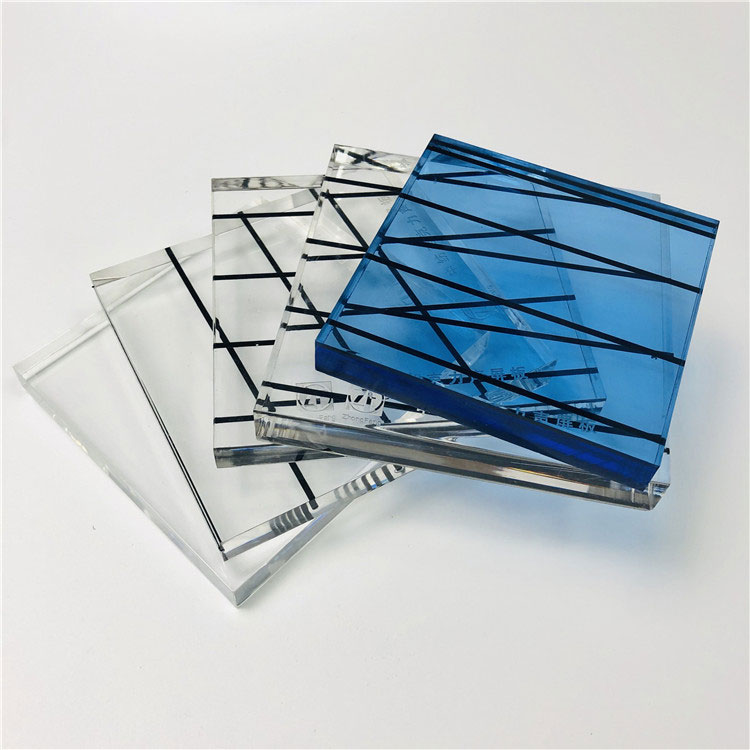Features and considerations regarding noise barrier acrylic sheets
2024-03-21
Noise barrier acrylic sheets are specialized sheets made from acrylic material that are designed to reduce or block sound transmission. These sheets are often used in architectural and construction projects where noise reduction or soundproofing is necessary, such as highways, railways, industrial facilities, and residential areas near noisy environments. Here are some key features and considerations regarding noise barrier acrylic sheets:
1. Material: Acrylic, also known as polymethyl methacrylate (PMMA), is a transparent thermoplastic material known for its clarity, durability, and lightweight properties. Noise barrier acrylic sheets are typically made from high-quality acrylic resin formulated for optimal soundproofing performance.
2. Thickness: The thickness of noise barrier acrylic sheets can vary depending on the desired level of sound attenuation and the specific application requirements. Thicker sheets generally provide better soundproofing capabilities by absorbing or reflecting more sound energy.
3. Sound Absorption: Noise barrier acrylic sheets are designed to absorb sound energy, reducing the intensity of noise passing through them. They can effectively dampen vibrations and attenuate airborne sound waves, helping to create quieter environments on the other side of the barrier.
4. Sound Reflection: In addition to absorbing sound, noise barrier acrylic sheets can also reflect sound waves, further reducing sound transmission. The smooth surface of acrylic sheets helps to bounce sound waves away from the barrier, preventing them from passing through.
5. Transparency: One of the advantages of using acrylic for noise barriers is its transparency. Unlike traditional opaque soundproofing materials like concrete or metal, acrylic sheets allow light to pass through, maintaining visibility and aesthetics while providing noise reduction benefits.
6. Weather Resistance: Noise barrier acrylic sheets are engineered to withstand exposure to various environmental conditions, including UV radiation, moisture, temperature fluctuations, and pollutants. They are resistant to yellowing, fading, and degradation over time, ensuring long-term performance and durability.
7. Installation: Noise barrier acrylic sheets can be installed using various methods, such as mounting them onto existing structures, framing them with support systems, or incorporating them into custom-designed noise barrier systems. Proper installation is crucial for maximizing soundproofing effectiveness and ensuring structural stability.
8. Customization: Noise barrier acrylic sheets can be customized in terms of size, shape, and thickness to suit specific project requirements. They can also be tinted, frosted, or coated with special finishes for added privacy, aesthetic appeal, or enhanced soundproofing performance.
When selecting noise barrier acrylic sheets, it's essential to consider factors such as the desired level of noise reduction, environmental conditions, aesthetics, and budget constraints. Consulting with acoustic engineers or soundproofing specialists can help determine the most suitable acrylic sheet solution for your project's needs. Additionally, proper maintenance and periodic inspections are recommended to ensure the continued effectiveness and longevity of the noise barrier system.



